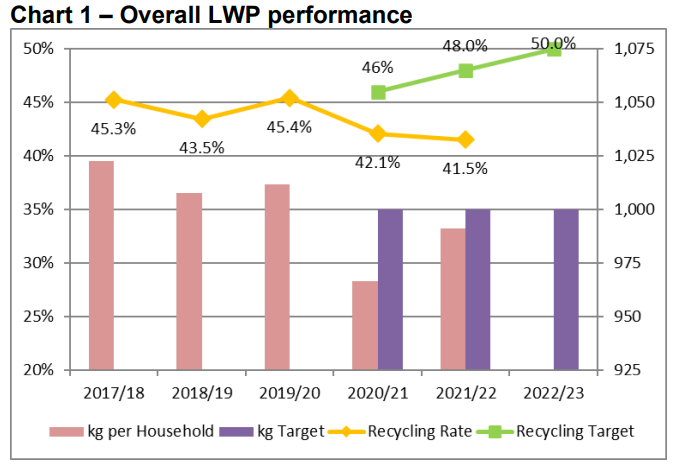
The Lincolnshire Waste Partnership (LWP), which comprises the county council and seven district and borough councils, had a provisional household waste recycling rate of 42.5% in the 2021/22 financial year, a report which will go before a meeting on 11 July shows.
This means the LWP’s rate has fallen from 42.1% in 2020/21 and 45.4% in 2019/20. It also remains far below the target rate of 48%.
The report, written by Lincolnshire county council waste strategy manager Matthew Mitchell, reads: “Our overall recycling rate continues to be lower than pre-Covid due to lower throughput, and thus less recycling, at [household waste recycling centres] despite the removal of Covid-related restrictions such as the booking system.
“Also, kerbside residual waste has increased significantly compared to 2019/20, although this is partly because of contamination diverted from recycling collections.”
Mr Mitchell suggested the declining rate reflected the “new normal” of more people working from home, though he acknowledged “these effects have decreased during the year”.
As such, the report proposes lowering Lincolnshire’s target rate for 2022/23 from 50% to 44%. The target would then increase incrementally to 46% in 2023/24, 48% in 2024/25 and 50% in 2025/26.
HWRCs
In September 2021, Lincolnshire removed the booking system imposed at its 11 household waste recycling centres (HWRCs) during the pandemic in response to “unprecedented levels of demand” (see letsrecycle.com story).
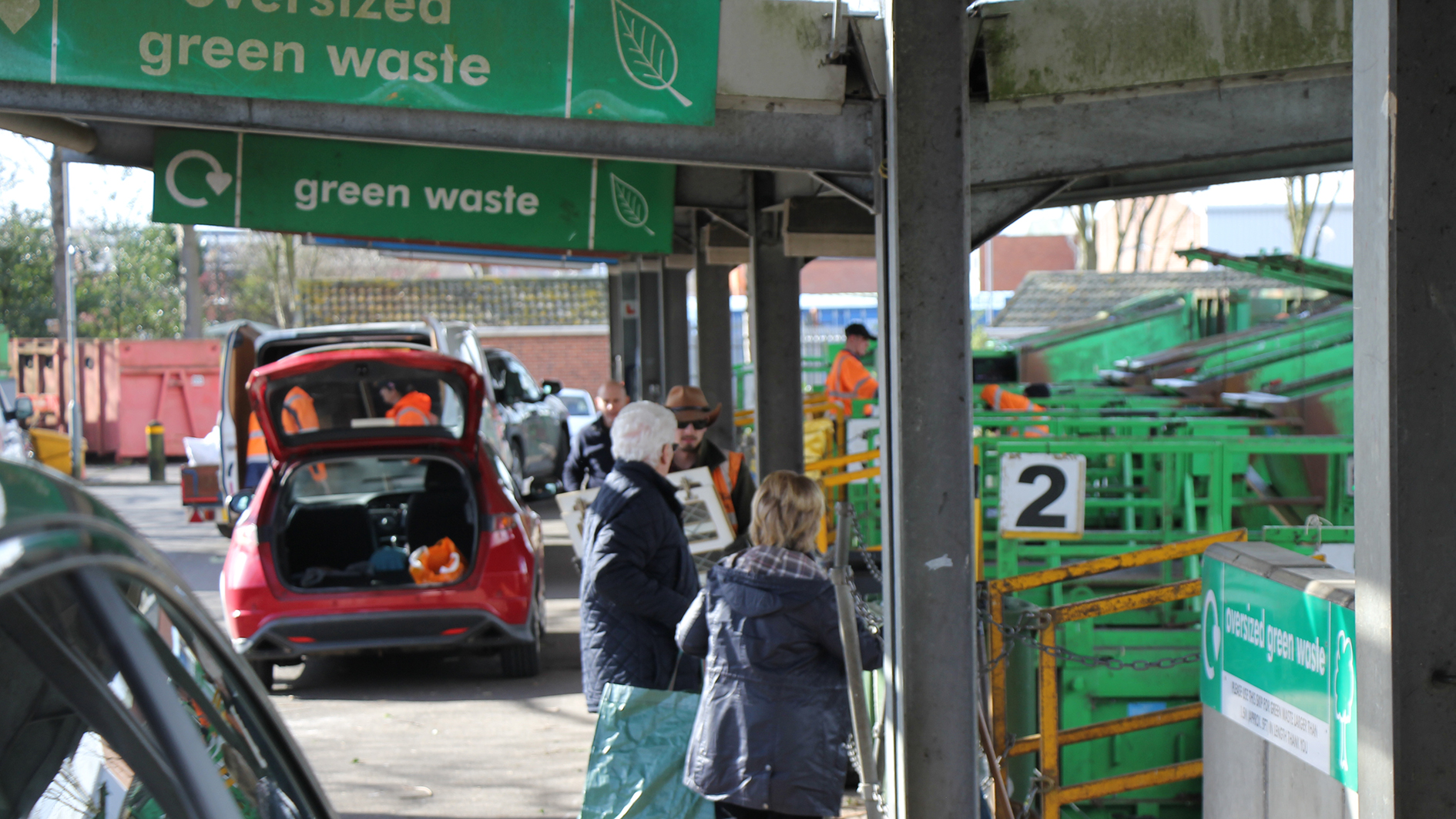
However, while it cites no specific figures, the report says HWRC throughput continues to be lower than pre-Covid levels.
To increase kerbside recycling, the report says the LWP will target recyclables being put into residual collections through “improved communications”. The introduction of food waste collections will also “contribute”, the report says.
To reduce residual waste, the report says the LWP will need to undertake “waste minimisation initiatives”.
Lincolnshire is to open a new, £2 million HWRC in Tattershall on 8 July to replace to an existing centre at Kirkby on Bain, which will be decommissioned.
Contamination
The report estimates the level of non-recyclables in kerbside recycling collections at 54.4kg per household in 2021/22.
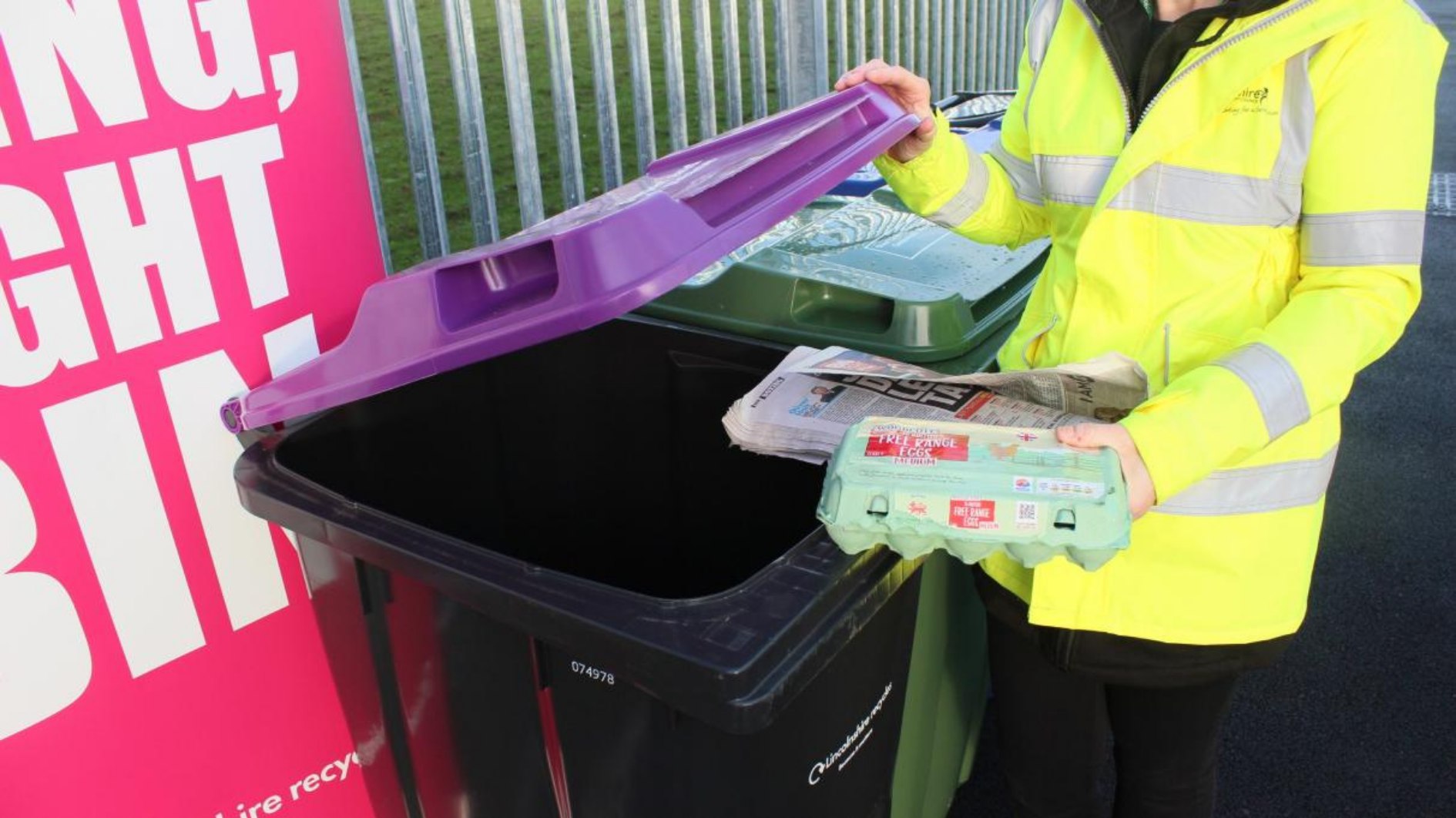
This is lower than in the past three years, when Lincolnshire’s rate of contamination stood at 59.9kg, 57kg and 64.2kg per household in 2018/19, 2019/20 and 2020/21 respectively.
The LWP has begun moving towards twin-stream collections of recyclables, where each household receives a separate, purple-lidded bin for paper and cardboard.
West Lindsey district council became the third local authority to roll out the new bins in April, following Boston borough council and North Kesteven district council. Lincolnshire county council aims to roll out the new scheme across the whole county by 2024 (see letsrecycle.com story).
Turning to contamination, Mr Mitchell’s report reads: “The overall contamination levels reported to us in our mixed dry recyclables remain high.
“However, in areas where twin-stream collections have been introduced, not only are the new paper and card collections extremely clean, but the remaining mixed dry recyclables also contains less non-recyclable contamination.”
Food waste
The LWP meeting will also discuss the results of a separate food waste collection trial carried out by South Kesteven district council which began in June 2018 (see letsrecycle.com story).
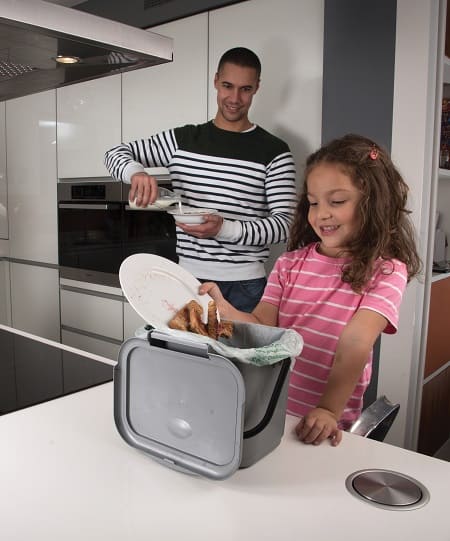
Lincolnshire County Council funded the trial until June 2020. South Kesteven then continued to fund the trial until the end of March 2022.
Incorporating 4,508 properties across both rural and urban areas, the trial saw an average of 1.7 kg of food waste collected each week per household.
Food waste represented approximately 11% of the total waste the participating households produced.
Participation rates remained “high” at 64% even by the third year of the trial, the report says.
And, it says food waste collections increased the amount of waste recycled by approximately 10.5%.
According to the report, introducing food waste collections in South Kesteven could increase costs by between £952,000 and £1,301,000 each year, excluding haulage and treatment costs.
The LWP will “further consider” the future roll-out of food waste collections once Defra publishes its much-delayed response to its consultation on consistency in household and business recycling in England. Under the proposals put forward during the consultation, Defra could require all waste collection authorities in England to arrange for the collection of food waste separately and at least once a week for recycling or composting from 2023/24.






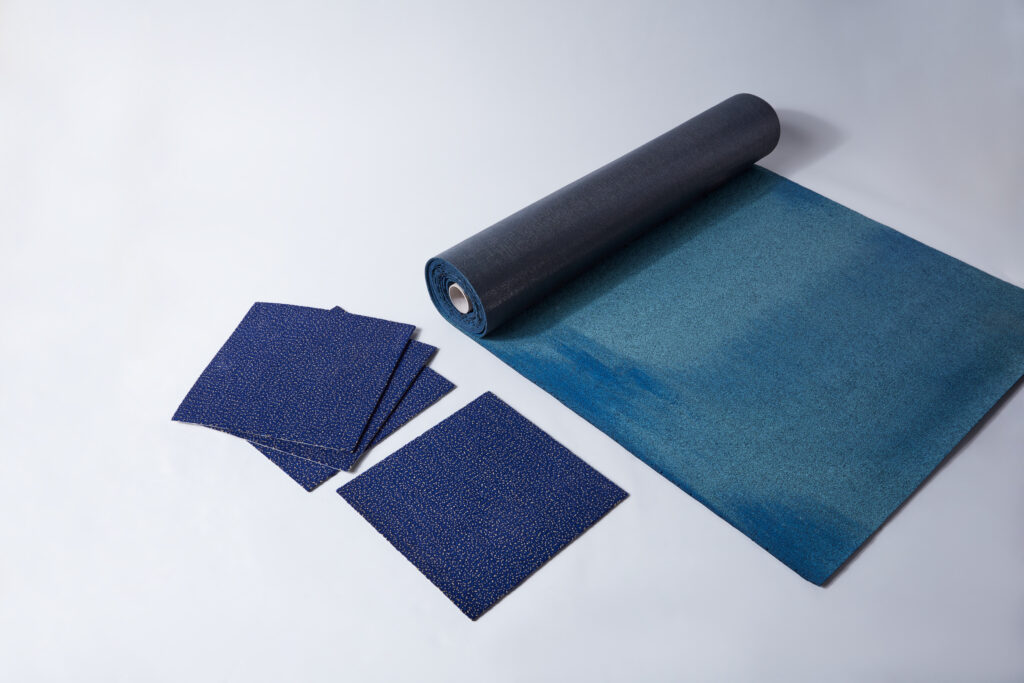
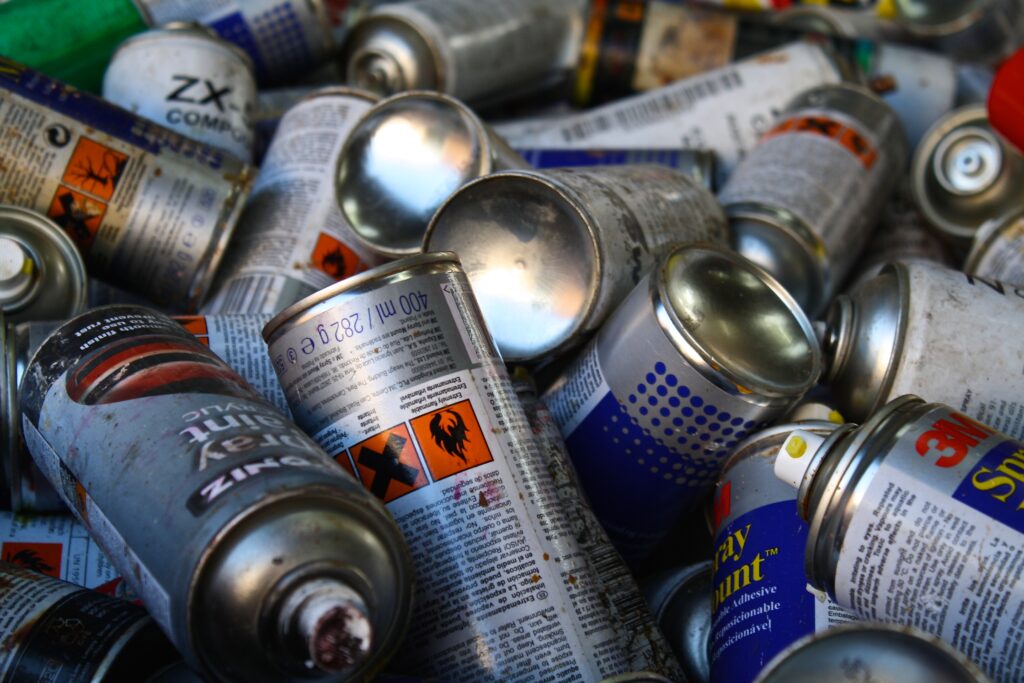



Subscribe for free